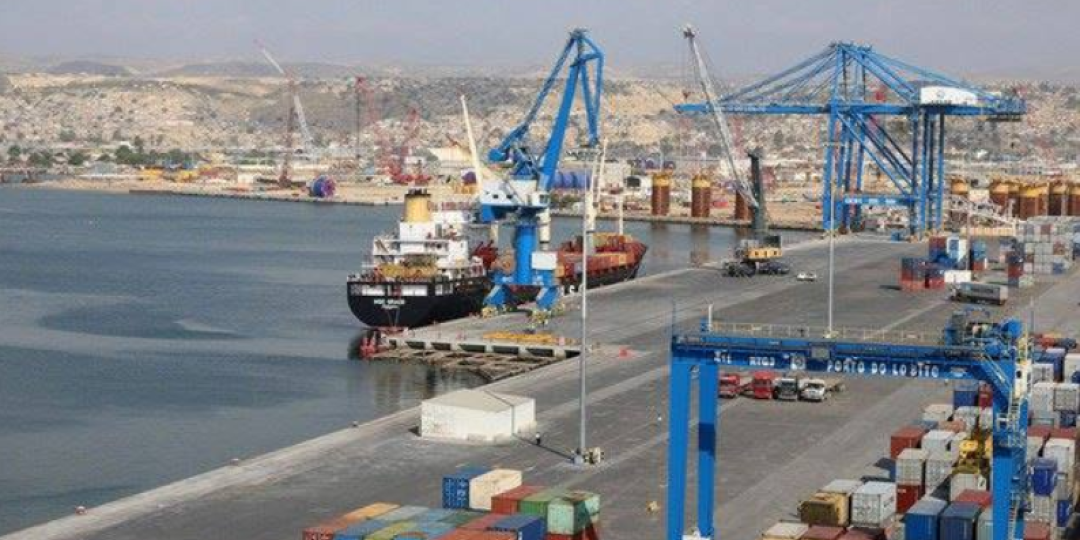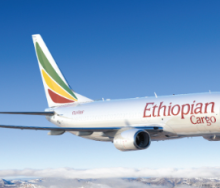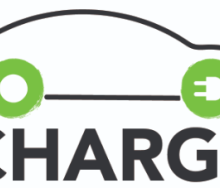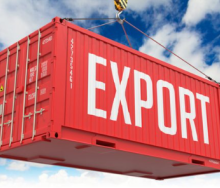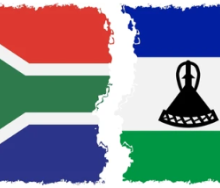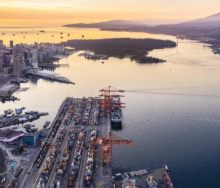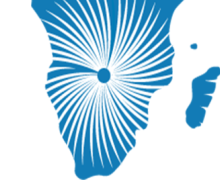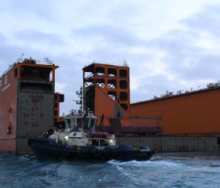The much-vaunted pit-to-port corridor out of Zambia and the Democratic Republic of the Congo (DRC) to Angola has received its strongest pledge of support from primary commodity importers out west.
Speaking at the Partnership for Global Infrastructure and Investment (PGII) event at the G20 in India over the weekend, the EU and US said they welcomed the commitment to regional and global trade markets via the Port of Lobito.
A statement released by the European Commission (EC) said: “To accelerate this work in partnership with the three African countries, the European Union and the United States are teaming up to support the development of the Corridor.”
It includes feasibility studies for a new greenfield rail line expansion between Zambia and Angola.
The statement said: “The EU-US partnership will upgrade critical infrastructure across sub-Saharan Africa to unlock the enormous potential of this region.
“We are excited to join forces to generate economic benefits with our partners in Angola, the Democratic Republic of the Congo and Zambia.”
Apart from financially investing in the corridor, assistance with technical know-how, digital access and agricultural value chains were also identified as key components of EU-US participation in the Lobito Corridor.
The EC said: “As an immediate next step, the European Union and United States will support the governments (of Angola, Zambia and the DRC) in launching pre-feasibility studies for the construction of the new Zambia-Lobito railway line from eastern Angola through northern Zambia.
“This builds on the initial US-led support to refurbish the railway section from the Lobito port in Angola to the DRC.”
This weekend’s announcement once more confirms the fundamental shift in regional logistics that the Lobito Corridor is expected to bring about.
At 1 800 kilometres from Solwezi, Zambia’s copper mining nerve centre, and with Kolwezi in the DRC’s mines being even closer, Lobito is expected to become the port of choice.
However, the Port of Walvis Bay, which lies further south in Namibia, could remain a serious option for west coast cargo on its own corridor to Zambia and the DRC, despite being more than 2 264km from Solwezi.
Industry stakeholders in Namibia maintain that Walvis Bay is a better-run port and that distance and multiple borders won’t count against it.
But there’s no denying that the Lobito Corridor, apart from being the shortest corridor to Solwezi and Kolwezi, and also rules out the chaotic Copperbelt crossing of Kasumbalesa, is going to be a major game changer.
The EC statement said: “Once transport infrastructure connecting all three countries is fully operational, the Corridor will enhance export possibilities for Zambia, Angola and the Democratic Republic of the Congo, boost the regional circulation of goods, and promote the mobility of citizens.
“By significantly reducing the average transport time, the new railway will lower the logistics costs and carbon footprint of exporting metals, agricultural goods, and other products, as well as for future development of any mineral discoveries.”
Going into further detail as to the extent of investing in the corridor, the EC said: “The EU and US plan to explore cooperation in three specific areas:
- transport infrastructure investments
- measures to facilitate trade, economic development and transit; and
- support to related sectors to fuel inclusive and sustainable economic growth and capital investment in Angola, Zambia and the Democratic Republic of the Congo in the longer term.
“Specifically, this includes developing clean energy projects to increase the power supply to surrounding communities, supporting diversified investment in critical minerals and clean energy supply chains, extending digital access, growing agriculture value chains to enhance local food production for the region's expanding population, and to address global food insecurity, as well as augmenting local workforce training, support for small and medium enterprises and economic diversification.”
